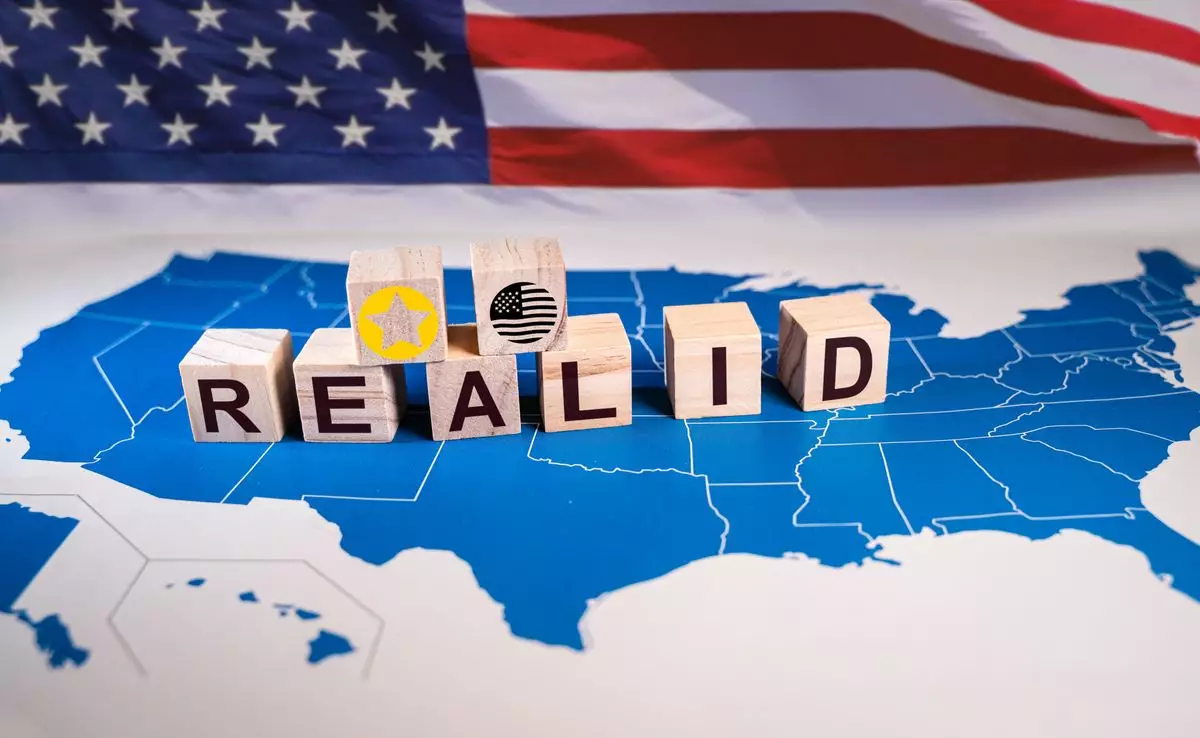The implementation of the Real ID Act has profoundly altered how travelers navigate the skies in the United States. As the deadline for compliance approached, reports indicated that most airports managed to maintain orderly operations on the day the Real ID requirement came into effect. Travelers were eased into the transition as airport officials allowed passage through security for those who had not yet acquired the federally mandated identification. In an effort to prepare passengers for future travel, individuals without a Real ID received informational flyers detailing the new requirements and how to obtain compliant identification.
The presence of flyers with QR codes linking to lists of acceptable IDs indicated a significant step toward fostering awareness—an essential component in mitigating confusion and anxiety surrounding the new law. This proactive measure reflects the acknowledgement of the real hurdles passengers have faced while trying to grasp how the Real ID impacts their travel plans. Significantly, many airports reported minimal delays at security checkpoints during this critical time, a testament to the preparedness of airport authorities and law enforcement.
Community Response and Adaptability
As travelers braced themselves for the changes, the demand for Real IDs surged dramatically, resulting in long queues at DMV offices nationwide. For many, the fear of being unprepared sparked urgency; the establishment of dedicated “Real ID Supercenters” illustrated the extent to which state officials were willing to go to accommodate the growing needs of citizens. The willingness of communities to adapt to this legislative change speaks volumes about the societal commitment to secure travel.
However, the delays experienced at DMVs prompted frustration among citizens. Comments collected from social media and discussions on platforms like Reddit revealed an undercurrent of dissatisfaction regarding the time and effort required to obtain a Real ID. “It’s a pain in the butt,” voiced one disgruntled traveler after waiting hours. Such sentiments highlight a tension between the necessity of enhanced security measures and the individual inconveniences they impose.
Government Reassurance and Accountability
Government officials, including Secretary of Homeland Security Kristi Noem, have made attempts to alleviate the anxieties surrounding the transition by assuring travelers of continued air travel options. By reiterating that those without a Real ID would still be permitted to fly after verifying their identity through advanced screening, the government aimed to provide a sense of reassurance. However, this approach shifted the burden onto the individual traveler, forcing them to shoulder the responsibility of arriving early for flights, thus adding an extra layer of stress to the airport experience.
The insistence on advanced identification checks is an acknowledgment of the need for heightened security. Yet, this perfectly illustrates a systemic problem: as the government works to establish a stronger framework for travel security, it often appears to neglect the personal experiences of everyday citizens as they navigate these changes.
The Broader Implications of Enhanced Security
Rooted in the recommendations of the 9/11 Commission, the Real ID Act was championed as a vital step towards a more rigorous approach to national security. The notion behind such legislation is commendable; it reflects a national consensus on the importance of securing travel avenues and validating identities more aggressively. However, the rollout has demonstrated that the implementation of security measures is inherently complex and fraught with unintended consequences.
By emphasizing compliance, we risk creating a two-tiered system of travelers: those who are prepared with a Real ID and those who face barriers to compliance. Furthermore, it raises critical questions regarding privacy and the intricacies of how personal data is handled within these new systems. While the need for more secure identification is clear, it is vital to balance security efforts with addressing the civil liberties implications that stem from greater government oversight.
Looking Forward to Evolving Standards
The TSA’s early observations indicated that 81% of travelers were already equipped with Real IDs, suggesting a strong base of compliance that might ease some of the concerns surrounding the new requirement. However, the government still must be vigilant; they cannot assume that complacency will serve their mission well. The constant flow of public discourse surrounding identification requirements signifies an ongoing dialogue about the intersection of safety, privacy, and individual rights.
As we observe the evolution of travel security in the United States, it becomes increasingly crucial to examine how we approach such mandates thoughtfully. By integrating technological advances and public feedback, we can forge a system that is both secure and accommodating. Embracing flexibility and understanding the traveler experience will be the cornerstone for successful future iterations of security policies.


Leave a Reply